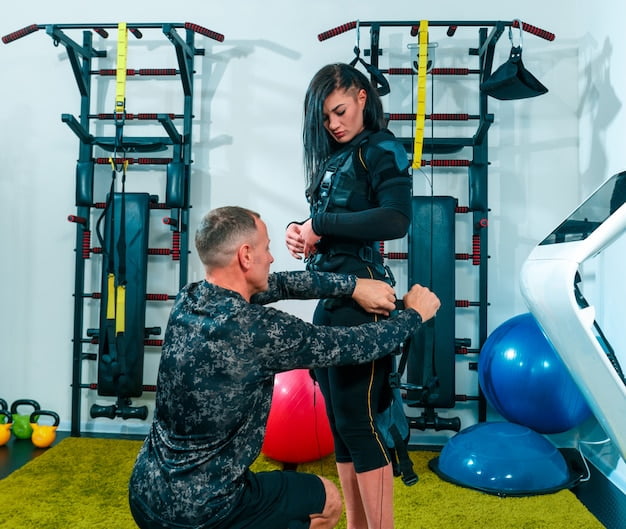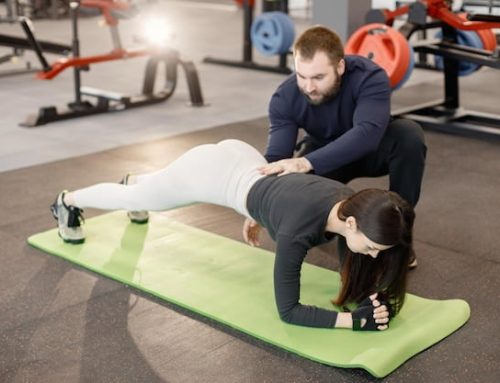What type of training is static?
When it comes to sports-specific training, there are two primary types of training: dynamic and static. While dynamic training involves movement and is necessary for developing power and speed, static training is just as important but often overlooked. But what exactly is static training, and why is it important?
Static training involves holding a position or posture, either with bodyweight or external resistance. It is a type of training that is often used in yoga, Pilates, and bodyweight exercises like planks and wall sits. Static training is beneficial for strengthening the muscles that stabilize joints, improving overall posture, and increasing endurance.
One of the main benefits of static training is improving joint stability. For athletes, joint stability is essential for preventing injuries and executing movements with precision. By holding static positions, the body learns to activate and engage the muscles that stabilize joints, improving overall joint stability.
Types of Static Training
There are several types of static training that athletes can incorporate into their workouts, including isometric, eccentric, and end-range training.
Isometric training involves holding a position without any movement. For example, holding a plank or a wall sit are isometric exercises. Isometric training can be used to strengthen weak points in the body and improve overall stability.
Eccentric training involves holding a position while slowly lengthening the muscles. For example, slowly lowering down into a squat and holding the bottom position is a form of eccentric training. Eccentric training is useful for improving flexibility, mobility, and control.
End-range training involves holding a position at the extreme end of a joint’s range of motion. For example, holding a deep squat or a split is an end-range exercise. End-range training is useful for improving flexibility and mobility in specific joints and muscles.
Benefits of Static Training
Incorporating static training into an athlete’s workout routine can have several benefits, including:
1. Improved joint stability: As mentioned earlier, static training can improve joint stability by activating and engaging the muscles that stabilize joints.
2. Increased endurance: Holding static positions for prolonged periods can improve muscular endurance, allowing athletes to perform at a high level for longer.
3. Improved posture: Static training can improve posture by strengthening the muscles that support the spine and other joints.
4. Reduced risk of injury: By improving joint stability and posture, static training can reduce the risk of injuries during sports performance.
How to Incorporate Static Training Into Your Workout Routine
Incorporating static training into your workout routine is relatively easy. Here are a few ways to do it:
1. Add static holds to your bodyweight exercises: For example, hold the bottom position of a squat or lunge for 30 seconds before returning to the starting position.
2. Incorporate isometric exercises into your routine: Planks, wall sits, and glute bridges are all examples of isometric exercises that can be easily incorporated into any workout routine.
3. Use resistance bands or weights to add external resistance to static exercises: For example, holding a resistance band at chest height while holding a wall sit can make the exercise more challenging.
4. Try yoga or Pilates: Both yoga and Pilates incorporate several static exercises that can improve flexibility, mobility, and stability.
The Bottom Line
Static training is an essential component of any sports-specific training program. By improving joint stability, increasing endurance, and improving posture, static training can help athletes perform at a higher level and reduce the risk of injury during sports performance. Incorporating static training into your workout routine is relatively easy and can be done using bodyweight exercises, resistance bands, weights, and other tools. So, the next time you hit the gym, don’t forget to add some static training to your workout routine.






